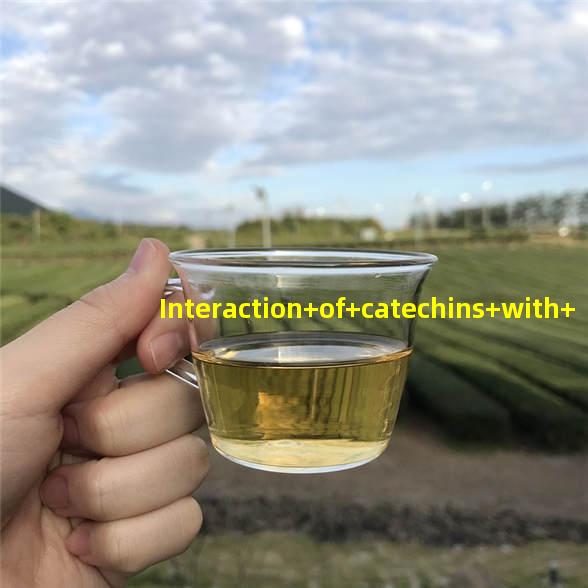当前位置:首页 > 资讯 > 茶叶知识> 正文
Interaction of catechins with aluminum in vitro
2021-02-23 13:04:17热度:132°C

完成机构:[1]DepartmentofTeaSciences,ZhejiangUniversity,Hangzhou310029,China [2]ZhejiangHzsunPharmaceuticalCo.Ltd,Taizhou318000,China
茶叶架尺寸合肥茶叶市场上一篇:Development-Conservation Dilemma in the NilgiriMountains of South India
下一篇:Antioxidant power of phytochemicals from Psidium guajava leaf
下一篇:Antioxidant power of phytochemicals from Psidium guajava leaf
相关文章
SQL Error: select id,classid,MATCH(title) AGAINST('Interaction of catechins' IN BOOLEAN MODE) as jhc from ***_enewssearchall where (id<>224265) and MATCH(title) AGAINST('Interaction of catechins' IN BOOLEAN MODE) order by jhc desc,infotime desc limit 0, 6相关推荐
Warning: Invalid argument supplied for foreach() in /www/wwwroot/guniangcha.com/e/class/userfun.php on line 15
